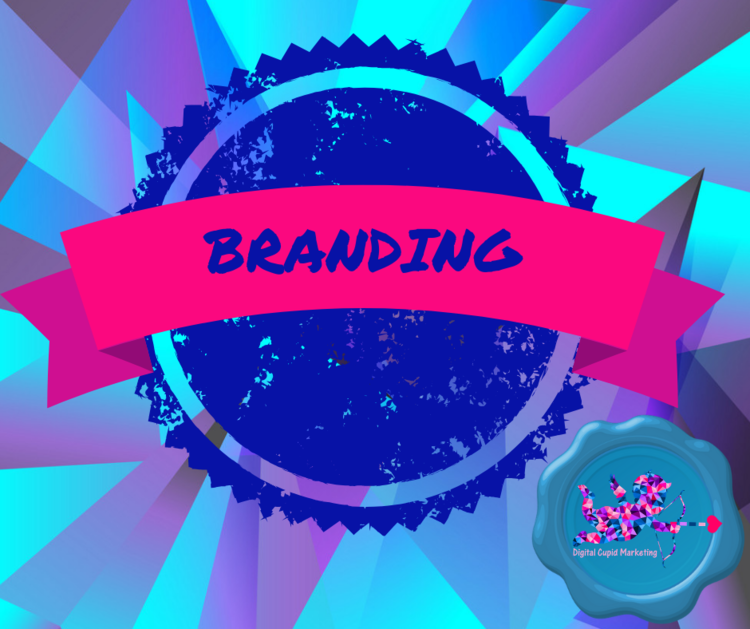
The other day when I went to run some errands, I chose to wear a light, summery outfit to match the feel of the season. I pieced together a few purple accessories, a Barbie-pink dress, and a pair of blue sunglasses to complete the look.
So what’s that got to do with marketing? Nothing (other than showing off my skills as a potential fashion designer. I’m looking at you, Betsey Johnson.) But it has everything to do with branding. Because while you may not be able to picture what shades of purple or blue I was wearing, I’m willing to bet you know the exact shade of pink. Barbie’s pink.
That’s an example of great branding and brand consistency. Mattel has done such a good job with building and spreading awareness of Barbie’s branding that she’s practically synonymous with her instantly recognizable shade of pink.
And she’s far from the only recognizable brand. Some easily come to mind, like those golden arches or the most famous swoosh in athletics.
But aside from painfully obvious choices, I’m willing to bet that you’ve got more brand recognition of companies than you’re even aware of. Like how you can identify that face-side down Kit-Kat wrapper in the trash, or how you’re acutely aware of the generic soda sitting in the office fridge, even though it uses the same color palette as the name-brand and is otherwise indistinguishable.
So how are companies able to build such awareness?
Brand consistency – and that’s exactly what it sounds like. It’s not enough to choose a company name and haphazard tagline, and expect people to automatically recognize your brand just because there’s a logo slapped on it. As with most forms of recognition, consistency is key if you want the full effects of your branding to pay off. And what are the effects? Well…

It Builds Awareness
One of the main focuses of branding is to make your company stand out and be memorable amongst the sea of competitors in your market, so maintaining proper brand consistency is extremely important in making sure consumers can distinguish you from your competitors. And the same way the repetition of studying flashcards helps you learn new information, consistent branding helps your customers learn who you are as a company, and how to identify you.
We can all recognize those golden arches, but what if sometimes, McDonalds used a big blue M or a giant rotating burger to mark its location?
There’s no question that either of those two symbols could also work to represent the company, but would you be likely to pull off the freeway to a random sign and take your chances, or go with a place you know is a safe bet? Even if that restaurant is a legit McDonalds, if you can’t tell and just continue to drive by, what good is having the sign or logo at all?
Using appropriate brand consistency like creating a unique logo, picking a color scheme, and carefully crafting a voice; and then sticking to all of those things every time your company presents itself is how you build brand recognition.
Remember, you can’t recognize a stranger. So if you don’t want your brand to be a stranger to your consumers, then you’ll need to be consistent with every interaction you have with them, whether it’s in-person, online, or through ads, so that they can learn to recognize you.

It Cultivates Trust
What if you were referred to a graphic designer, but when you went to check out their site you saw that it was obviously outdated, dry, and lacking in creativity? You’d probably think twice about hiring that person to create designs for you if their own site doesn’t even show anything worthwhile, despite how talented they may actually be.
Brand consistency helps build trust between customers and companies by showing people that you’re reliable and professional, and can do what you claim.
If your website has your original logo from ten years ago, your Facebook page uses the new logo and different wording, and your brochures use a random font and odd colors found nowhere else on company materials, you’ll just leave people with a feeling of whiplash and a doubt in the credibility of your company and what it can offer.
A little bit of professionalism can go a long way, and when your brand is basically the personality of your company, you should be putting your best foot forward to ensure your branding is consistent and represents you in the best possible way.

It Shows Authority
When people finally do become familiar with your brand, they’ll recognize you as an authority in the field. Brand consistency is essential for this because you need consumers to recognize your company in order to recognize the authority you have in your industry.
The more your logo or company name becomes synonymous with your industry, the more people will lean to you when they need information, products, or services in your field. Consumers are more likely to buy from a brand that they trust, so setting yourself apart as a reliable and authoritative brand is a great position that most companies should be striving for.
That being said, obviously every company can’t be the number one authority in its field, but that doesn’t mean complacently resting in last place due to poor marketing and lack of brand recognition is your only option.
Whether you’re starting a new business, revamping an existing one, or just trying to play catch up with your peers, part of your marketing strategy should always be to maintain appropriate branding consistency. Any point at which your company interacts with costumers should involve using consistent branding, whether that’s your website, social media pages, email campaigns, flyers & brochures, or even the way you or your staff answers the phone.
If you don’t have one already, think about building a brand guide that outlines all the details in which you’ll use your brand, including your logo, font sizes, color schemes, and the way you communicate with your audience – keeping in mind that your choices should also appeal to your clientele.
What are you currently doing to manage your brand, and what are some actionable choices you can make right now to improve on it?




